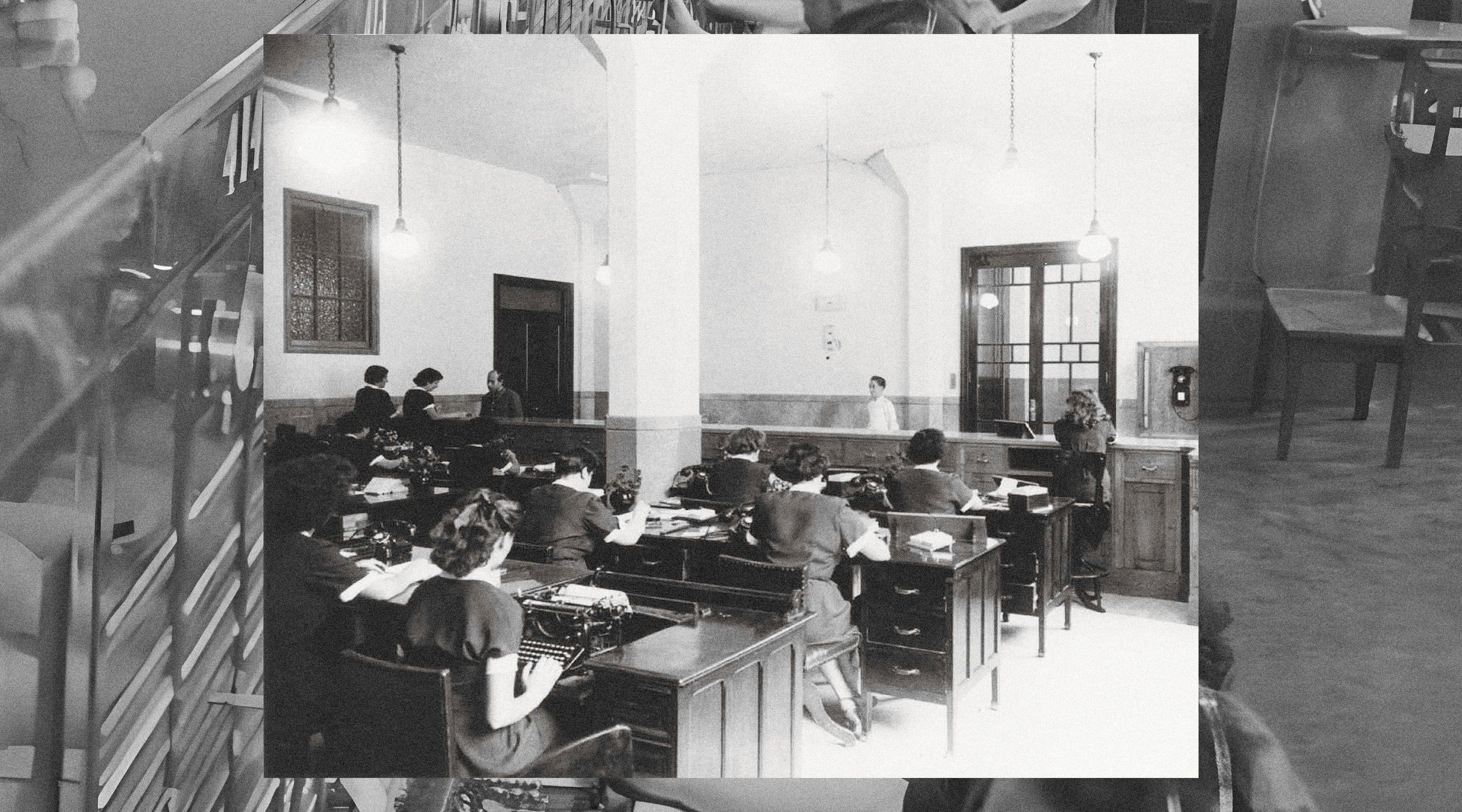
1951
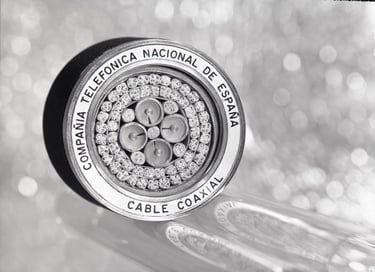
As technology advances and the CTNE tests its first circuits with coaxial cable - more resistant and insulating - the high demand for the service begins to outstrip our supply capacity. Waiting lists arrive.
New: coaxial cable and multiple radio system
01
In 1951, the report contextualises the company's situation: "The deep economic turmoil in the world hinders, if not paralyses, the efforts of our will, which nevertheless remains vigilant and attentive to take advantage of any favourable occasion with the desire and the purpose of introducing improvements and perfection in telephone technology..." This is the case of the important improvements in which they were involved: the coaxial cable and the multiple radio systems. Coaxial cable was already being manufactured in Spain and would be installed years later, bringing important improvements: it protected the signal from external interference, avoiding distortion and noise. Although it would be necessary to wait until 1957 to have the first route in service with coaxial cable (Madrid-Zaragoza-Barcelona). We also already had some equipment with multiple radio systems, which provided greater capacity and efficiency. The report mentions another new development. Among the 74 localities that will have a new telephone service this year is Isla de Arosa (Pontevedra). Here, a radio link specially designed for this location and built in Spain was established here it was established by means of a radio link specially designed for this location and built in Spain, which gave very good results and would serve as a model to be used in other locations where the topographical situation allowed it.
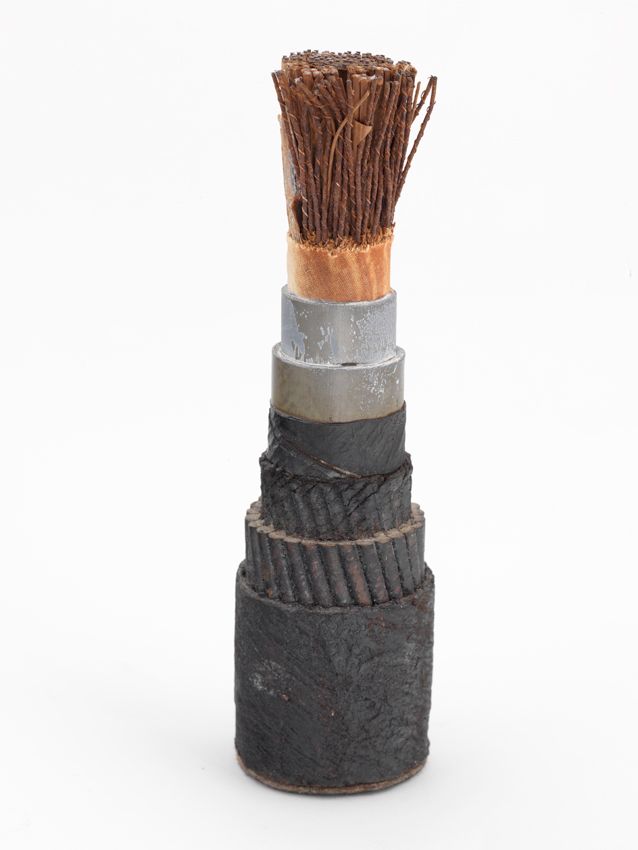
The waiting list, our workhorse
02
In 1951, the Telefónica Company was still making progress in the installation of telephones, and difficulties with the supply of materials continued. Even so, it still managed to install the highest number of phones in a year so far: more than 95,000. ITT's factories in London, Paris and Antwerp supplied equipment and materials, as did its industrial subsidiary in Madrid, Standard Eléctrica, which was already manufacturing switchgear. But this pace could not keep up with the demand of these years, which reached 166,000 unmet requests in 1951. This waiting list weighed internally and clashed with our most essential objective, as manifested in the memories of these years. In the 1951 edition you can read: "you can be sure that nothing that is feasible will be left undone and that our ambition is to implement in Spain a telephone service as extensive, complete and perfect as the best in the world can be".
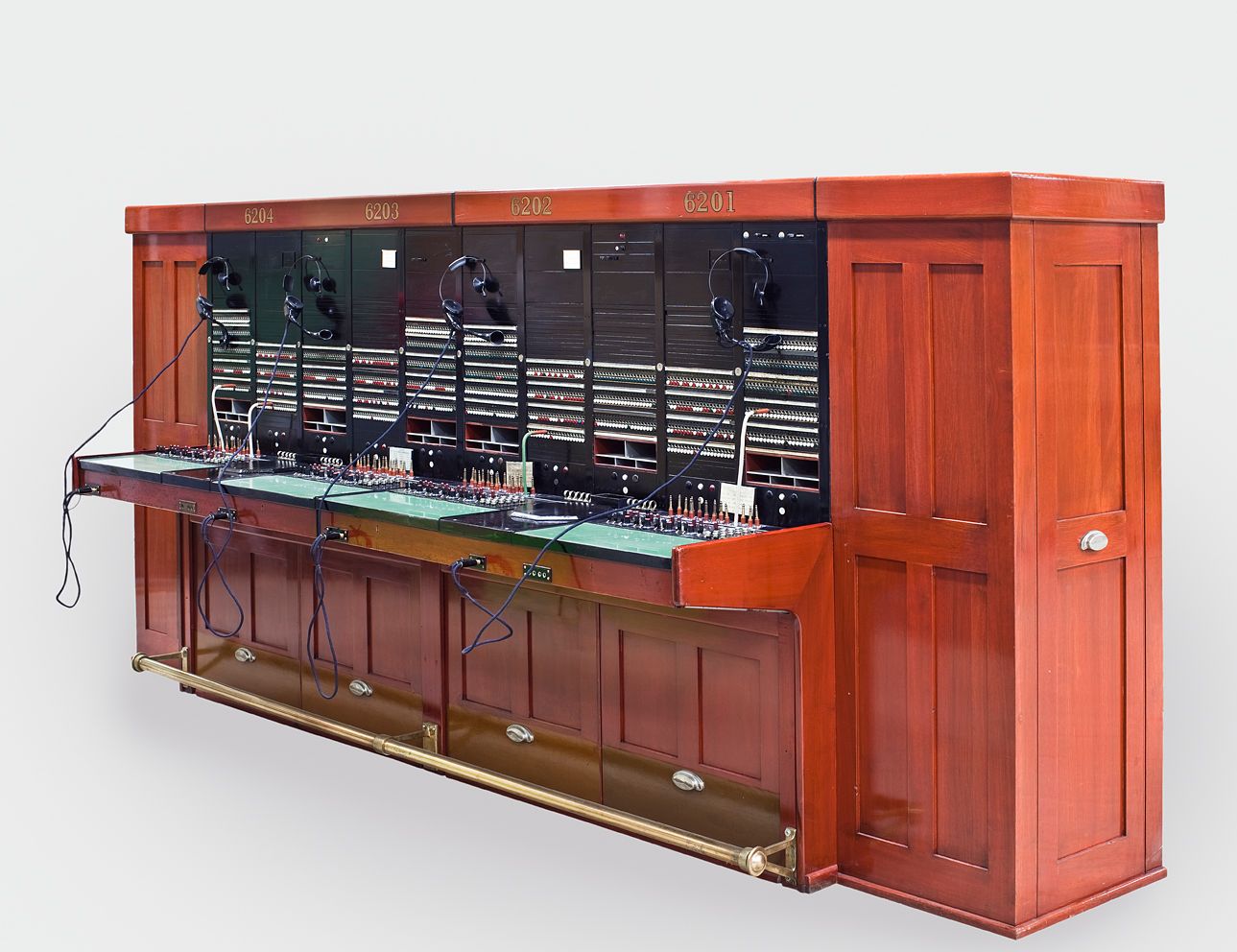
Automation advances with Spanish materials
03
Two more capital cities, Lugo and Guadalajara, have entered the automatic system. And they do so with the best systems available, state-of-the-art technology and 100% Spanish manufacture. The systems are being designed and installed with a view to the future, and each new automatic exchange is ready so that, in the medium term, it will be the subscribers themselves who manage their calls between different locations.
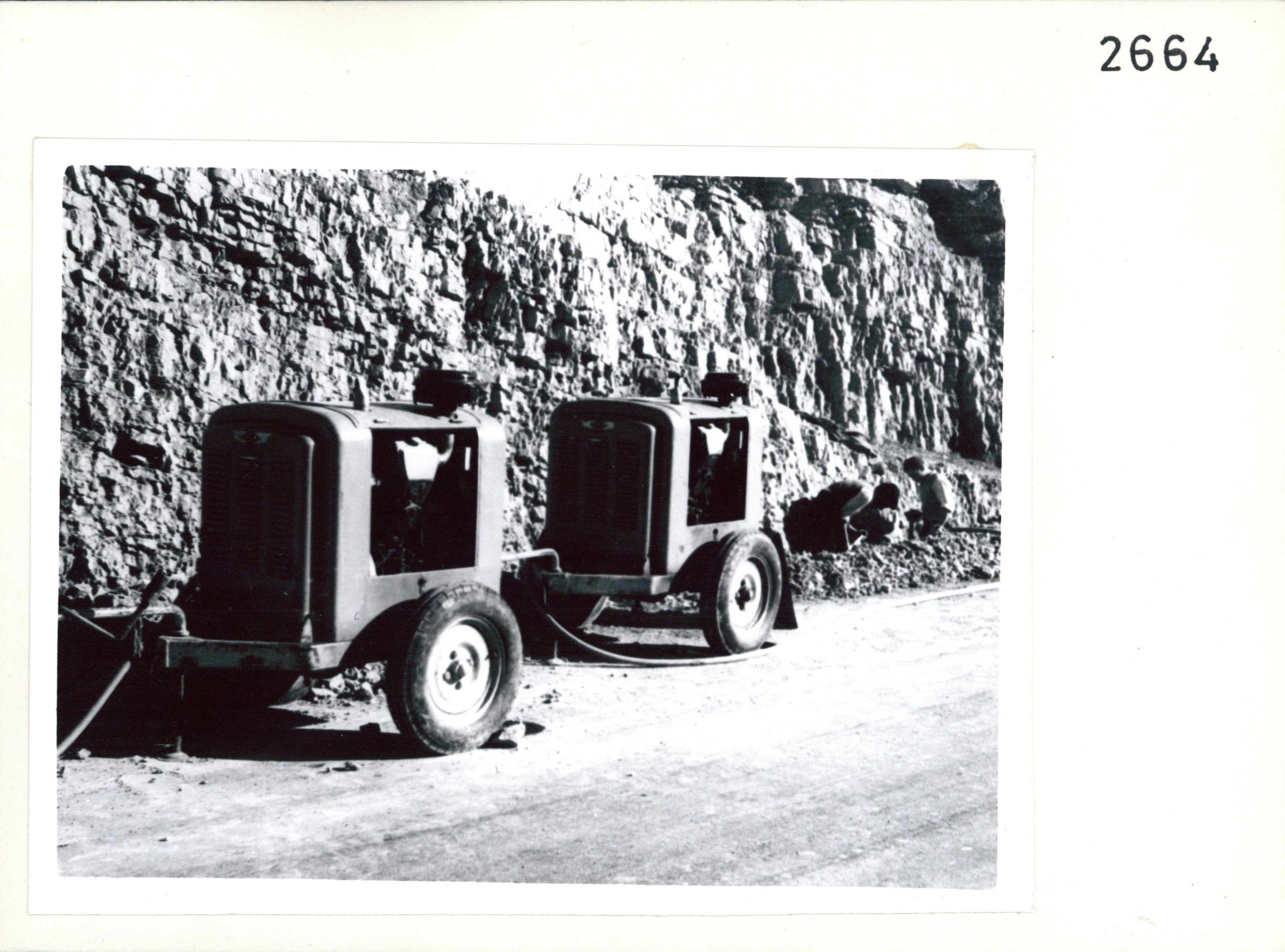
Do you have doubts about what happened?
Ask Aura